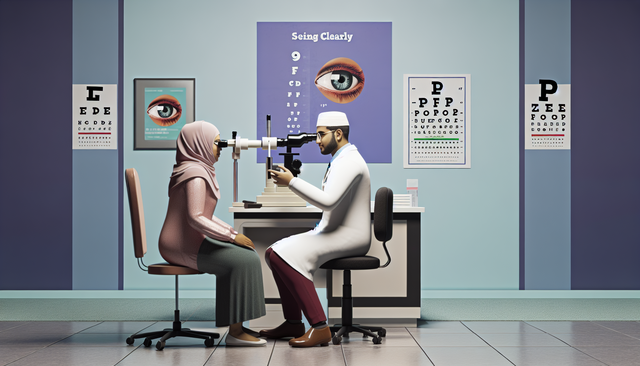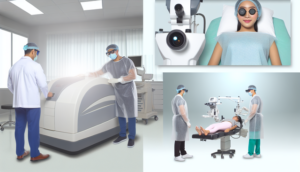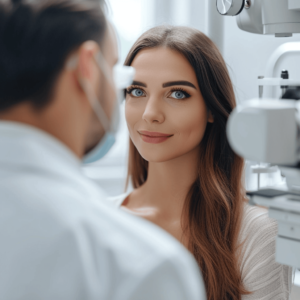
Hey there! Navigating through the world of vision tests in the USA can feel like trying to find your way through a maze – eventful yet slightly bewildering. Whether you’re stepping into this labyrinth for the first time or are just brushing up on what’s new, you’re in the right place. Let’s demystify the process together and make sure you’re seeing things as clearly as possible – both literally and figuratively!
What’s the Deal with Vision Tests?
First things first, what is a vision test? It’s a check-up for your eyes, folks. These tests help determine the health of your peepers, whether you need glasses or contact lenses, and can catch early signs of eye conditions before they progress. In the USA, vision tests are a staple part of health maintenance for people of all ages.
Types of Vision Tests
- Visual Acuity Test: The classic ‘read the letters off the chart’ test – measures how well you can see at various distances.
- Refraction Assessment: Determines the ideal lens prescription for your eyes.
- Peripheral Vision Test: Checks the scope of your vision, especially the edges.
- Eye Pressure Test: Measures the pressure inside your eyes, helpful in detecting glaucoma.
- Dilated Eye Exam: By dilating your pupils, your eye doctor can take a closer look at the back of your eyes.
Preparing for Your Vision Test
Prep work can make your vision test a walk in the park. If you wear glasses or contact lenses, bring them to your appointment. Jot down any eye problems you’ve been experiencing and any medications you’re on. Oh, and here’s a pro tip – avoid eye makeup on the day of your test; it makes it easier for the optometrist to do their thing.
FAQs Answered
- How often should I get a vision test? Most eye care professionals suggest every one to two years. However, if you have certain risk factors or eye conditions, you may need to go more often.
- Can I drive after my vision test? If you had a dilated eye exam, your pupils will be larger for a few hours, making bright lights bothersome. It’s best to bring a pair of sunglasses and, if possible, a friend to drive you home.
- Is a vision test covered by insurance? Many health insurance plans do include eye care coverage. However, it varies, so check with your provider upfront.
- What age should kids get their first vision test? Eye care professionals recommend around age 3. It’s crucial for detecting any early signs of eye issues that could affect their development or learning.
Putting It All Together
To wrap up, whether it’s your first rodeo or you’re a seasoned pro at vision tests, staying informed and prepared makes all the difference. Remember to schedule regular check-ups, keep up with your eye health, and don’t hesitate to ask questions during your visits. Your eyes are your windows to the world – let’s make sure that view is sharp!


